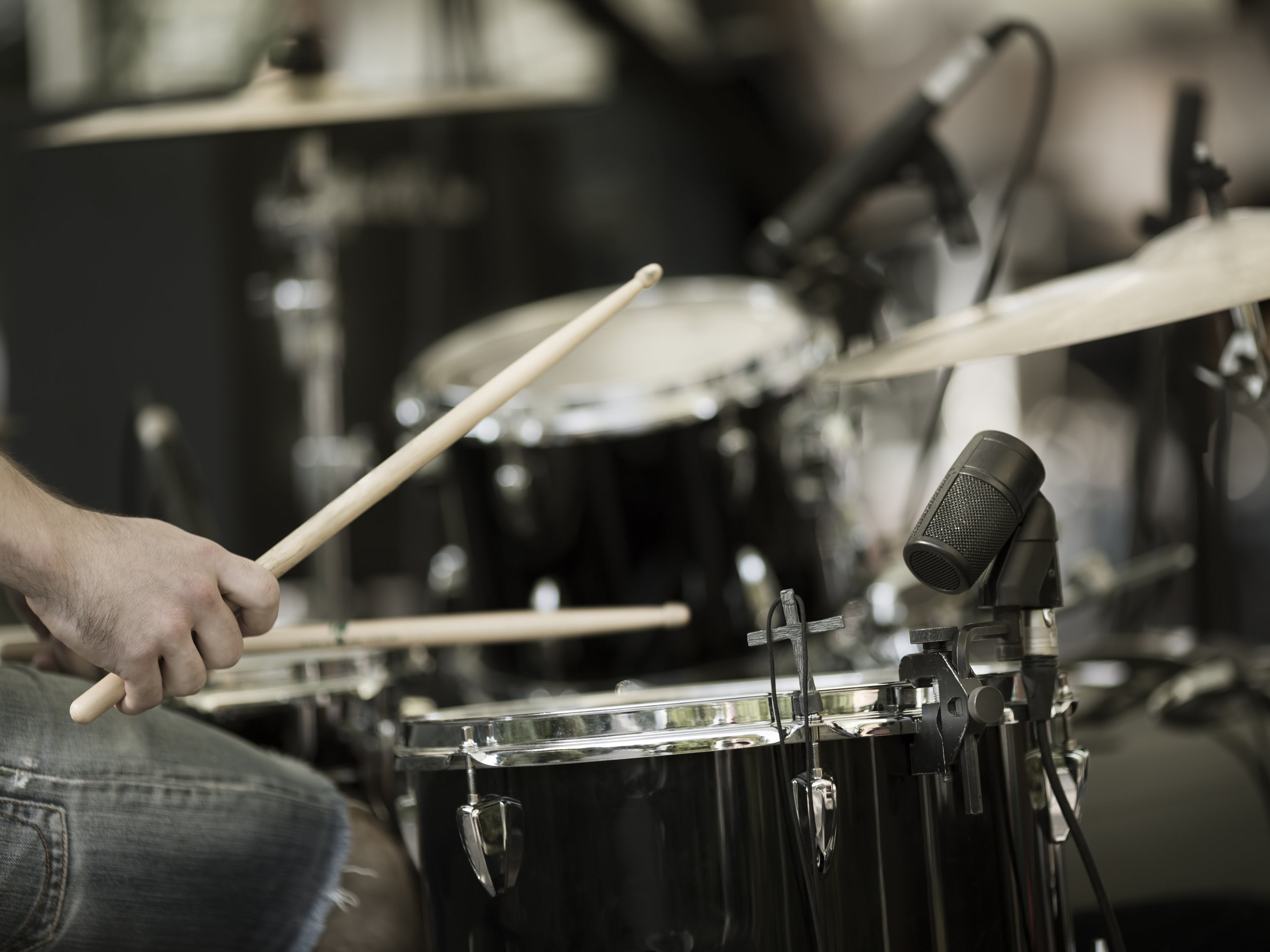Create Good Vibrations

The wooden or metal bars of xylophones, marimbas, and vibraphones produce music when struck by mallets. Made of wooden bars of differing size and pitch set in a frame and played with a stick, the xylophone makes use of both snare and advanced mallet techniques. The xylophone has a brighter tone than the marimba, its cousin. The marimba has keys or bars (usually made of wood) that are struck with yarn mallets to produce musical tones. Both xylophone and marimba bars are made of rosewood, but the bars of the marimba are wider and thinner. The vibraphone is similar in appearance to the xylophone, but has metal bars instead of wood.
Shake, Rattle, and Roll
Shakers and blocks such as maracas, percussion spoons, castanets, and cabasas can round off a percussion instrument collection and add unique sounds to music. Maracas are simple instruments, usually played in pairs, consisting of a dried gourd (or leather, wood, or plastic) shell filled with seeds or dried beans. Percussion spoons are a makeshift instrument related to castanets. Players hold the spoons like chopsticks, with concave sides facing out, and strike them sharply against their palms or knees. A wood block is a single piece of wood struck with a hard rubber mallet to make a hollow-sounding noise. While many extremely durable synthetic blocks are available, some may compromise sound quality. Woodblocks are available in many sizes and materials, but experts say a 9-inch maple woodblock works best. A cabasa, also known as an afuche, is a loop of steel-ball chain wrapped around a wide cylinder fixed to a long, narrow wooden or plastic handle.



